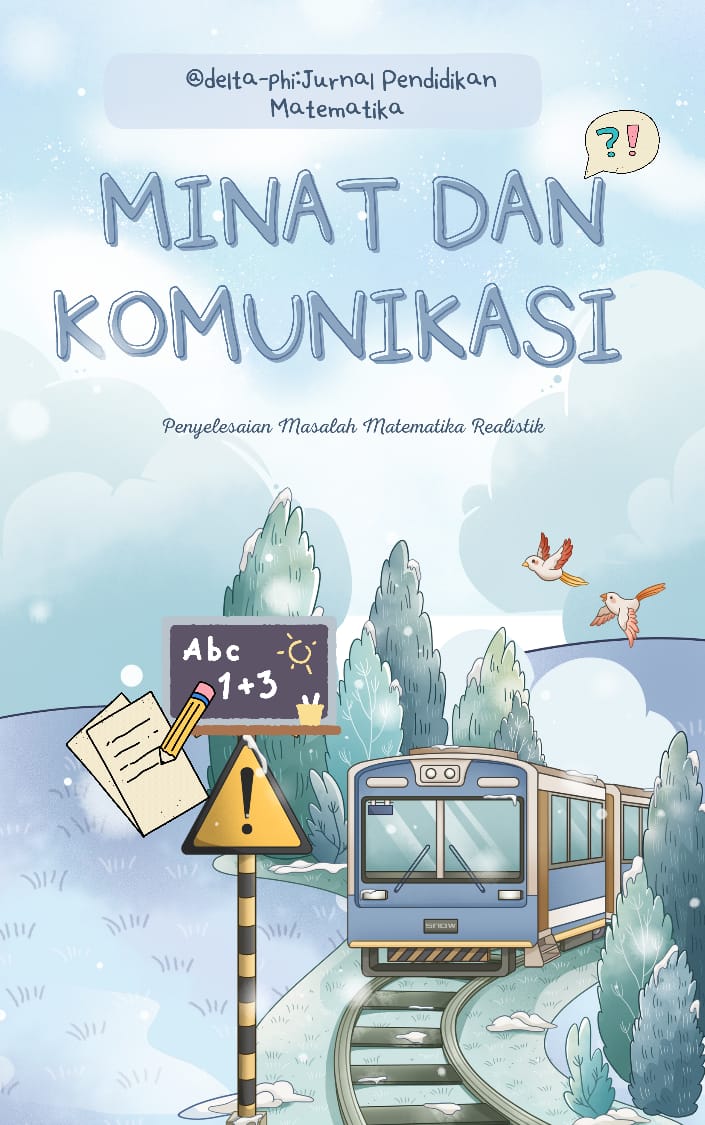Analysis of The Relationship Between Student Interest and Written Communication in Solving Realistic Mathematics Problems
Keywords:
Mathematical Realistic Problems, Problem-solving, Student interest, Writing Communication SkillsAbstract
The world of human education can be studied in a structured and well-supported manner. Because learning to build each person's personality. Interest is the tendency to observe and remember various activities. Always pay attention, followed by a sense of fun, interest, desire, concentration, and students' understanding of mathematics. Communication can be interpreted as a technique of conveying messages from a messenger to a recipient with the intention of expressing or informing a comment orally or in writing. The purpose of this study was to determine the relationship between interest and students' written communication skills in solving realistic mathematical problems. This research is a qualitative descriptive study. Data obtained by using questionnaires and tests. The subjects of this research were two students of class XI MIPA. The steps taken are through learning through the WhatsApp group by working on questionnaires and tests individually. The researcher identified and analyzed the answers to each indicator of interest and ability to write mathematical communications for each statement and question. The method of data analysis in this paper was tried through 3 stages, namely: data reduction, data presentation and drawing conclusions. The results of the paper show that the relationship between interest and written communication skills in solving realistic math problems is directly proportional, where student 1's interest is still low and his ability is still classified as poor. Student 2 has moderate interest and his abilities are also directly proportional, namely not too bad and not too good
Downloads


 Universitas Muhammadiyah Malang, East Java, Indonesia
Universitas Muhammadiyah Malang, East Java, Indonesia
 Ernest Bai Koroma University of Science and Technology and College of Human Resources Development Sierra Leone
Ernest Bai Koroma University of Science and Technology and College of Human Resources Development Sierra Leone




















